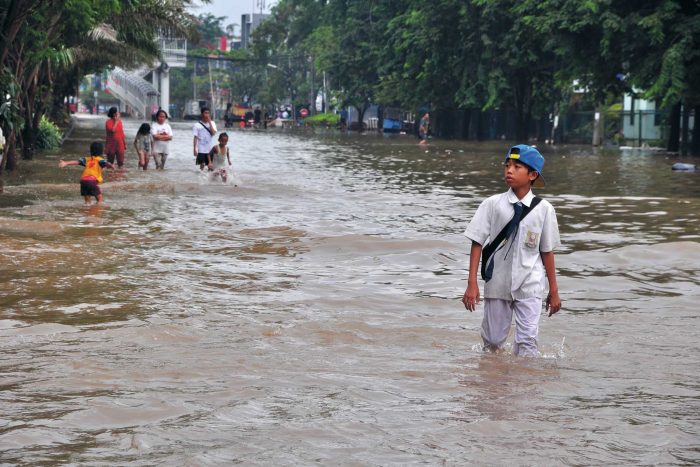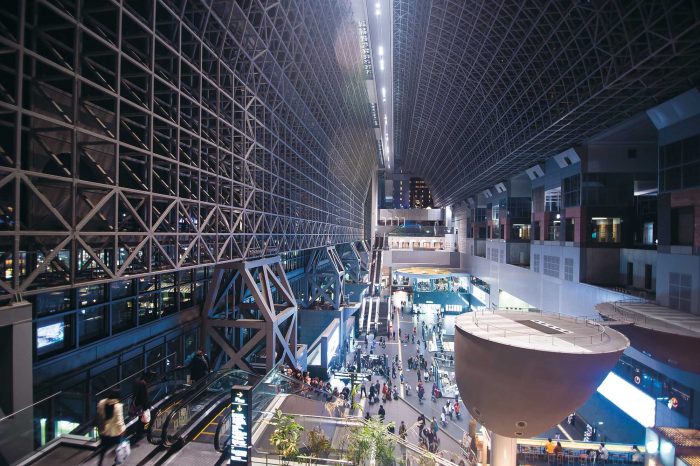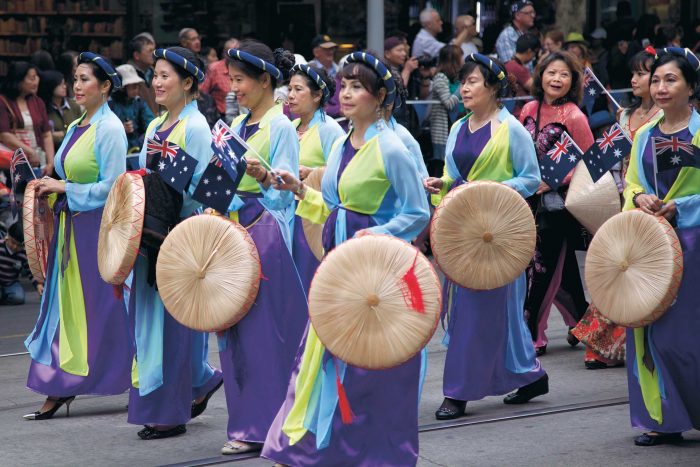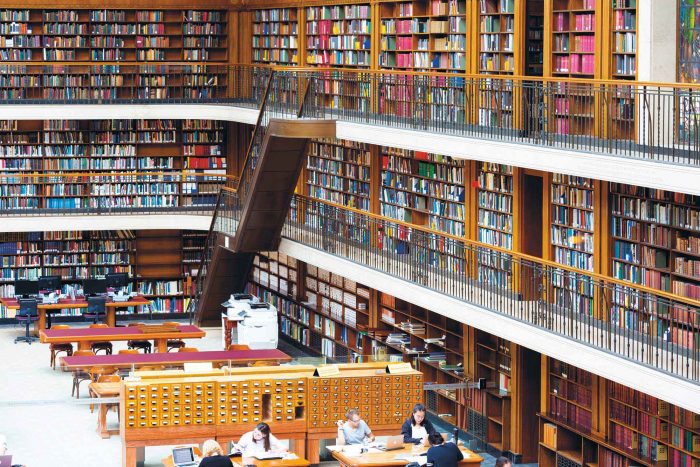Embracing Asia Starts at Home
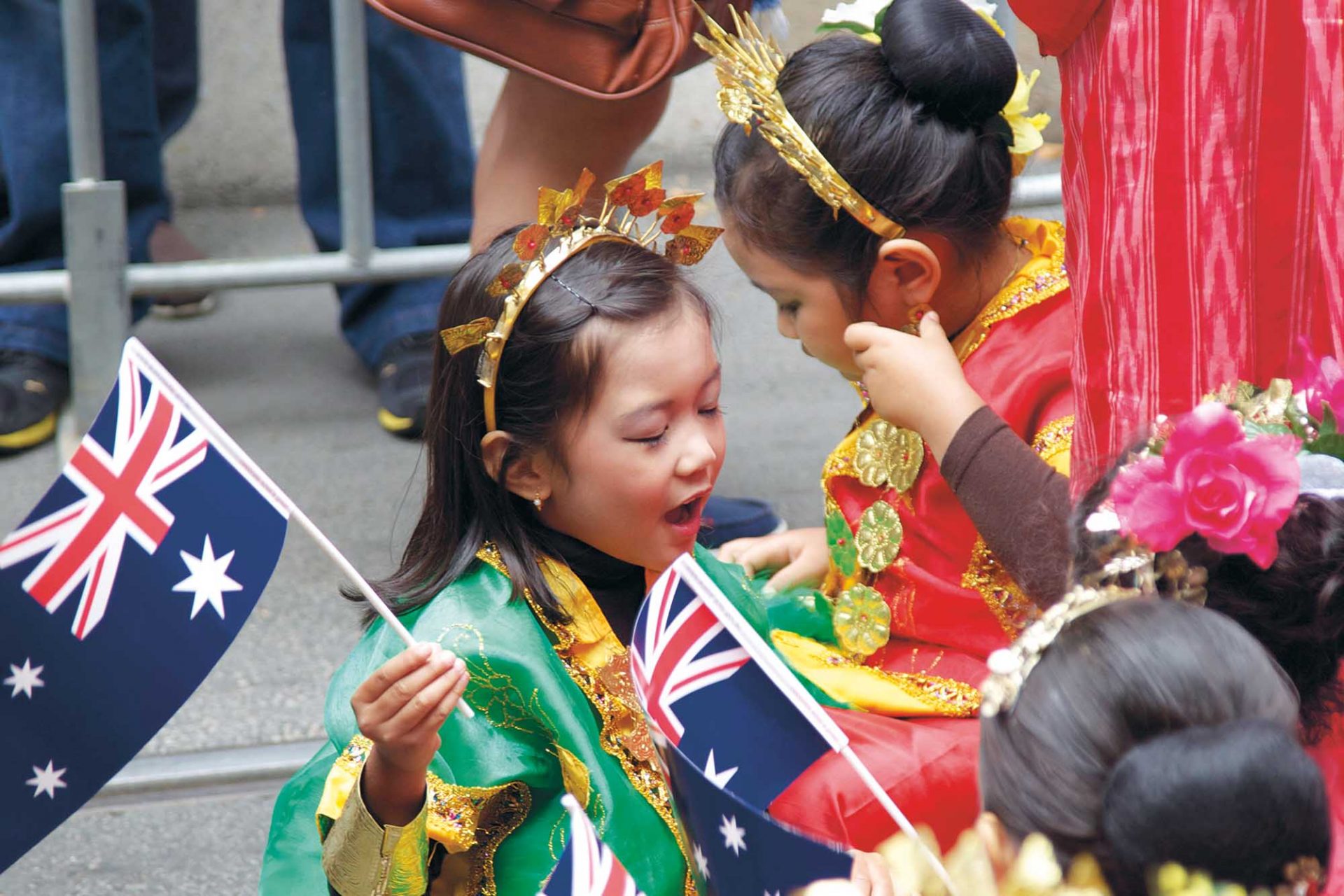
Asia is not something that resides outside Australia – it is also something that exists within it.
Most Australians understand that the fortunes of their society are tied to those of Asia. This is more than just about trade and economics. It is the reality of multicultural Australia that about 10 per cent of our society have Asian backgrounds; China and India now represent the two largest source countries for immigrants. In one sense, Asia is not something that resides outside Australia – it is also something that exists within it.
There have long been predictions about Australia’s Asianisation – whether it has been the idea of a future Eurasian society, deep “enmeshment” in Asia or Australia prospering in an ‘Asian Century’. Yet there have always been clear limits to Australian society’s imagination about Asia. Our cultural relationship with the region has never been assured, but always ambivalent. Our collective understanding of Asia can be superficial, something reflected by how every Australian generation discovers the region as though it were being discovered for the first time.
We cannot take for granted that Australia’s relationships with Asia will continue to deepen and prosper. Amid a resurgence of nationalism across the globe, Australian society faces serious tests on maintaining its multicultural character and its openness to the region. While the state of multiculturalism remains strong, there remains an important need for political leadership to withstand populist nationalism, and all that would imply.
A multicultural Australia
How Australia relates to Asia will, to some degree, be shaped by how we deal with the cultural diversity within our borders. On this front, the fundamentals remain positive. The state of multicultural Australia continues to be strong.
The Scanlon Foundation’s Mapping Social Cohesion survey of 2016, for example, found that an overwhelming majority of people (83 per cent) agree that multiculturalism is a good thing and has benefited Australia. A clear majority of people (59 per cent) believed that current levels of immigration were either “about right” or “too low”.
Such results, consistent with the Scanlon Foundation’s findings over the years, are the best indication we have of where Australian public opinion really lies. It confirms that Australia is a successful and harmonious nation of immigration.
Such success was not always assured. We have had prolonged debates about multiculturalism and national identity. In the 1980s and 1990s, this was centred on public anxiety about the “Asianisation” of Australia, and fears that Asian immigrants would fail to integrate into Australian society.
History has shown such anxiety and fears to have been misplaced. The facts speak for themselves. On any measure of integration, those Australians of Asian background have proved in every way capable of participating in the life of the nation. They have excelled when it comes to educational attainment or economic participation. Suburbs such as Cabramatta in southwest Sydney or Springvale in eastern Melbourne – once regarded as ethnic ghettos – are now thriving communities.
To be sure, our success has a lot to do with the character of our immigration program. It has been to Australia’s advantage that governments since the late 1970s have favoured selective migration intakes involving highly skilled immigrants.
But the composition of immigrants does not alone explain why multicultural Australia has worked. Multicultural policies – for the most part endorsed in a bipartisan fashion by our political leaders – have played an important role in equipping immigrants to participate in Australian society. As a result, Australian society has been able to deal with social change with much less friction than what may have otherwise been the case.
While Australia’s multicultural fabric is strong, it is now being tested. The politics of race and immigration has convulsed Western liberal democracies across a number of continents.
In the United States, Donald Trump has been elected president, partly on an anti-immigrant platform and with the support of the far-right white nationalist movement. Since the shooting deaths of Trayvon Martin in Florida and Michael Brown in Ferguson, Missouri, a Black Lives Matter movement has emerged. Racial tensions have resurfaced in many American towns and cities.
Across the Atlantic, we have seen Brexit. The referendum on Britain exiting the European Union had the feel of a plebiscite on immigration. Tellingly, the Brexit vote appeared to cause a steep rise in hate crimes tied to the Brexit vote. According to authorities, there were more than 3000 allegations of hate crimes made to UK police in the week before and after the 23 June vote (a 42 per cent spike compared to the previous year).
Meanwhile in France, polls indicate that Front National leader Marine Le Pen is highly likely to make it past the first round of 2017’s presidential election. Elsewhere in Europe, social anxiety and cultural fear can be clearly detected through the political success of far-right parties, from Austria to Germany to the Netherlands.
Far-right political organisations have also emerged or re-emerged in Australia. During the past two years, protest movements targeting Islam have received significant media attention. The federal parliament contains a number of senators who support a ban on Muslim immigration, the establishment of a royal commission into Islam, and the abolition of the Racial Discrimination Act in its entirety.
The rise of populist nationalism
For many observers, we are seeing in all this a pattern – a rise in right-wing populism. In addition to those Western democracies already mentioned, the numbers suggest that this is true across the developed world more broadly. Data shows a clear surge in the share of the vote for populist authoritarian parliamentary parties across 34 OECD countries.
There are clear signs that populist politics is here to stay. Yet what we mean by populism is not always clear.
Just about everyone agrees that the politics of populism invokes a divide between “the people” and the “elite”. Populists claim to speak on behalf of the people, who are citizens of virtue, against elites who are corrupted in some way. But beyond this, there can be disagreement about whether populism has some ideological character, or whether it describes something more aesthetic or rhetorical in politics.
In his recent and timely work, political scientist Ben Moffitt has helpfully described the global rise of populism as involving a political style. It features an appeal to “the people” versus “the elite”, but does so using “bad manners” rather than the conventional decorum of modern politics, and by the constant evocation of crisis, breakdown and threats.
As Moffitt highlights, populist politics has been favoured by the shift from old media to new media. In a world where reporters in tightly resourced newsrooms now have to file multiple stories a day and have less time to conduct research and interview sources, firing off a zinger on Twitter or posting a retaliatory video on Facebook can make for easy stories. The populist politician is well suited to contemporary media, where news outlets are hungry for continuous content within a so-called 24/7 news cycle.
Another source of disagreement about populism concerns its sources. For many, populism can be explained by economic insecurity. If populists succeed by instilling fear, it can only be because sections of society are losing out from globalisation or economic change. The conventional wisdom runs that populism taps into the anxieties of the old working class, rather than the bourgeois middle-class.
The evidence on this, though, does not appear entirely convincing. In the US, for example, the idea that Trump enjoyed success by appealing to economically vulnerable white people is complicated by the fact that his presidential candidacy coincided with an improving economy and dropping unemployment. The average Trump-supporting household draws a median income of $72,000, which is $16,000 greater than that of the average American household.
Here, in Australia, the re-emergence of Pauline Hanson’s One Nation has occurred in spite of the Australian economy not experiencing a downturn for more than 20 years. While some areas, such as those in regional Queensland, have stagnated since the end of the mining boom, the circumstances do not support a simple economic reading of events. There is a troubling question for anyone concerned with the rise of right-wing, populist nationalism: if this is what is happening in a relatively buoyant economic period, what will happen if there was a recession with widespread consequences?
If we are to explain the contemporary rise of populism, especially that of the right-wing variety, we are safest to say that the sources are multiple. Economic anxiety may be a factor, but there has also clearly been cultural fear at play.
Across the West, the new populism has been married to an aggressive nationalism. Supporters of populist right-wing parties are united by a fear that they will lose status, power and privilege. They are uniform in their hostility towards immigration and multiculturalism, which they blame for undermining unity or corrupting the national culture. They rile against a supposed ‘political correctness’ that has suffocated public debate and has subverted freedom of speech. They agitate against a reverse racism that has seen majority ethnic or cultural groups become discriminated against in favour of minority migrant ones.
Within all this, we see those rhetorical elements synonymous with a populist political style: immigration and multiculturalism are things that are disliked by the majority of ordinary people who love their country, the good manners sanctioned by so-called political correctness are rejected in favour of a coarser but more authentic freedom of speech, and the allegedly unfair treatment of majority groups and the ascendency of multicultural tolerance is threatening a moral and cultural crisis within society.
Offering an antidote to such populism represents a defining political challenge to liberal democracies. There is an important need for political leadership, namely, to ensure that populist appeals to xenophobia do not trump liberal democratic values. Mainstream political leaders must understand better what is driving populist nationalism.
However, understanding concerns need not mean endorsing them. Liberal democratic politics must avoid giving licence to any racial or religious intolerance. It remains vital that political leaders send an unambiguous message that racism or bigotry is unacceptable.
Conclusion
Much has been said in recent years about the Asian Century and of Australia being poised to prosper from Asia. Our geography has divined our twenty-first century destiny. As economist Tim Harcourt has put it, the tyranny of distance has given way to the power of proximity.
It is easy to be overly optimistic, however, about the depth of Australia’s engagement with Asia. Australia’s Asia literacy remains alarmingly underdeveloped. Part of the reason for our lack of Asia literacy is that our framing of regional engagement is so nakedly mercantilist. Where once Australians may have spoken in hysterical terms about the teeming yellow hordes, we now endlessly marvel at the billions-strong middle class emerging in Asia. People talk about how we can maximise the “rent” from our relationships with the region, of how we can capitalise on Asian growth. We have adopted an instrumental mindset towards Asia. We should not be surprised if we have failed in the area of Asia literacy. Cultural engagement cannot be sustained by economic ambition alone.
If Australia is to embrace its Asianisation, it must be thoroughly cultural in nature. We must be willing not just to see Asian neighbours as economic partners, but also be open to learning from them. Is there not something that we can learn from young emerging democracies? From societies that have had to develop cities and infrastructure to sustain much larger populations? Is there something in Confucian practices from which we can borrow or learn in dealing with our ageing population?
Could their not be aspects of Asian practices of communal obligation or responsibility that may give us a new perspective on Australian values, such as mateship and egalitarianism?
Answering such questions presume one thing: that Australian society is sufficiently relaxed and comfortable about its own multiculturalism in the first place. The rise of populist nationalism indicates there must be no complacency. While the vast majority of Australian society continues to accept our multicultural character, such consensus may be subject to a political contest. How we handle the task of multiculturalism within our borders, how we talk about race and national identity, will go a long way to determining our success in a century that will see Asia ascendant.




